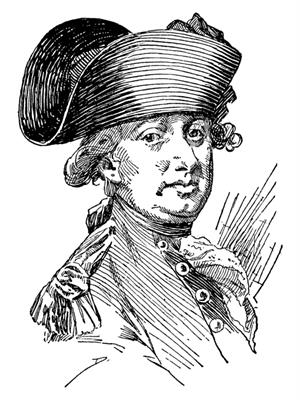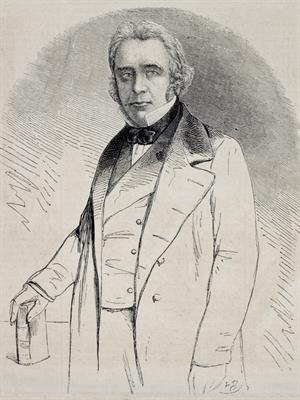PDF chapter test TRY NOW
The Beginning of Modern Judiciary in India:
The Evolution of the Indian Judiciary was seen under the reign of the British Empire. The reformation began in \(1661\) under the Royal Charter, new courts named the “Mayor’s Courts” were established.
These Mayor Courts were seen in the yesteryear presidencies of Surat and Madras. For the establishment of this Mayor Courts, Madras was declared as a Municipality in 1687.
Charter of 1726: The codified law of the Charter enabled the British to establish courts in all the three presidencies “Madras, Calcutta and Bombay”.
While the Older courts were Mayor Courts, and the courts established under the acts were under the control of the Crown of Britain.
The Origin of Supreme Court:
The British decided to establish a Supreme Court to manage the Justice system of the country. New legislation, namely the “Regulating Act of \(1773\)” was enacted, which paved the way for the establishment of the Supreme Court in India.
In \(1774\), first Supreme Court in India came into place in Fort William, Calcutta. The first Supreme Court consisted of “One Chief Justice and three judges”.
The ambiguous provisions of the regulating act led to disputes between the Governor council and the Judges, which brought further reformation in the Judicial System of India.
Sir Elijah Imphey: He was the first Chief Justice of the Supreme Court of India, who was asked to come from England.
The Beginning of the \(\text{19th Century}\) witnessed the establishment of Supreme Courts in Madras (\(1801\)) and Bombay (\(1824\)). These Courts were replaced by the High Courts in all three places during the \(1860\)s after the Indian Councils Act.
Warren Hastings and Mofussil Adalats:
Warren Hastings was the Governor-General of India who brought various changes in the realm of justice. He went on to establish two different types of courts, namely:
1. Mofussil Diwani Adalat – to deal with the civil cases.
2. Mofussil Faujdar Adalat – to deal with the criminal disputes
Higher appeals from these courts are placed in Sadar Diwani Adalat and Sadar Nizamat Adalat, which look after civil and criminal cases.

Lord Cornwallis
Cornwallis: He was the successor of Warren Hastings, who introduced various judicial reforms under the Cornwallis Code. Under the Judicial Plan of \(1790\), he abolished the existing Mofussil Courts and established the “Court of Circuits”.

Lord Macaulay
A separate law commission was set up under the leadership of Thomas Babington Macaulay in \(1835\) to codify the laws of the land by the British East India Company.
Macaulay codified the current laws of India under his commission. Most of the important rules that still govern India's criminal justice system are based on the laws codified by him.
Some of the relevant examples are:
1. Civil Procedure Code – \(1859\).
2. Indian Penal Code – \(1860\).
3. Criminal Procedure Code – \(1861\).
Abolition of Privy Council:
Post the enactment of the Government of India act of \(1935\), a federal court came into place in India. The higher appeals from this court were placed in the Privy Council, situated in London.
The Federal Court enlargement of Jurisdiction Act was passed in the year \(1948\), which widened the scope of the appellate jurisdiction of the Federal Court of India.
Later, the abolition of Privy Council Act was passed by the Indian government in \(1949\), which abolished Privy Council. Post-Independence, the current Supreme Court came into existence on \(\text{Jan 28, 1950}\).
